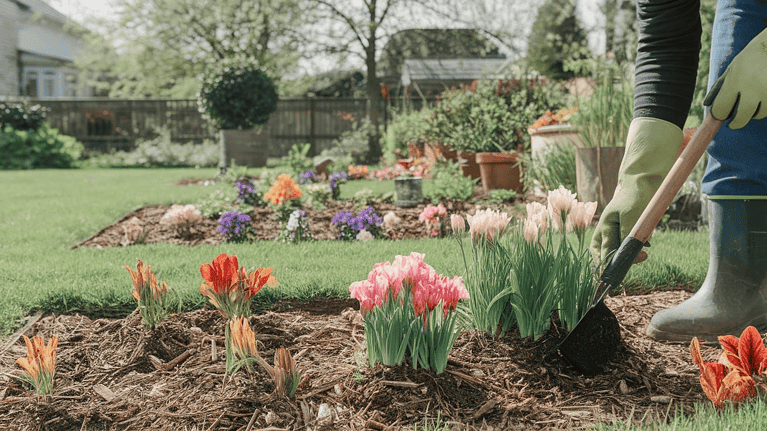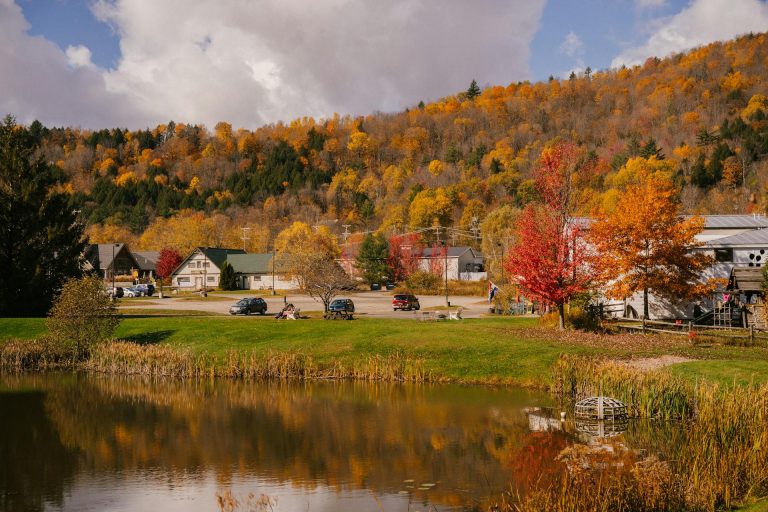Spring is here, and my yard needs attention. Each year, I look forward to seeing green grass and fresh flowers. But good results take more than good weather. A little planning and care make a big difference.
In this guide, I’ll share simple steps to get a healthy lawn and a tidy landscape. I’ll cover soil prep, mowing, watering, and feeding your grass. I’ll also give tips for planting blooms, trimming shrubs, and adding mulch.
You’ll find easy ideas to plan tasks and keep your yard thriving all season. By following these tips, you can save time and avoid mistakes. I hope this guide helps you enjoy a bright, green yard this spring. Let’s get started on a yard you can be proud of!
What Is Spring Landscaping?
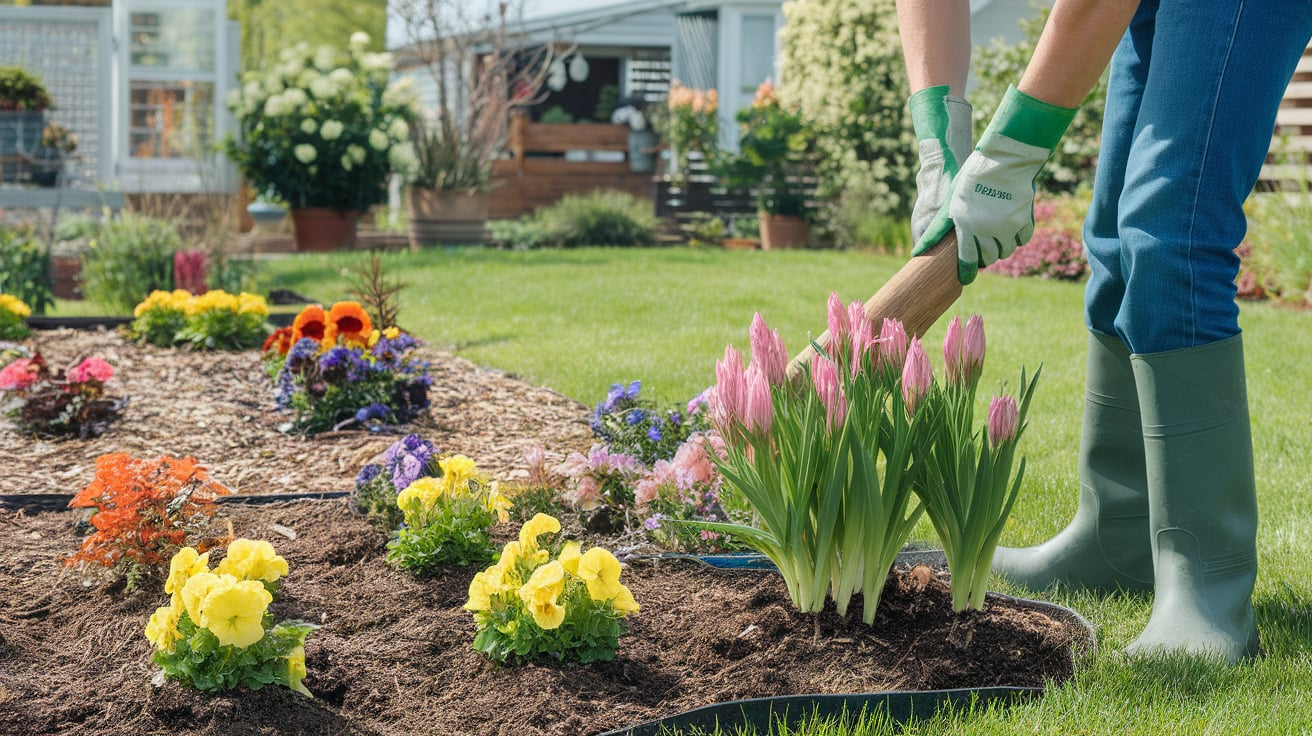
Spring landscaping means getting your outdoor space ready after winter ends. It starts with clearing away dead leaves, branches, and old mulch. Next comes planning where to plant new flowers, shrubs, or trees. Spring landscaping also includes fixing hardscapes like walkways and patios.
This work helps yards look fresh and healthy. New plants go in the ground when the soil is cool but not frozen. Mulch keeps soil moist and blocks weeds. Fresh mulch and a neat yard give a yard its best first impression of the year.
Good spring landscaping sets the tone for the whole season. It makes mowing, watering, and weeding easier in the long run. With a solid spring plan, a yard can stay green and vibrant all summer.
Soil Preparation
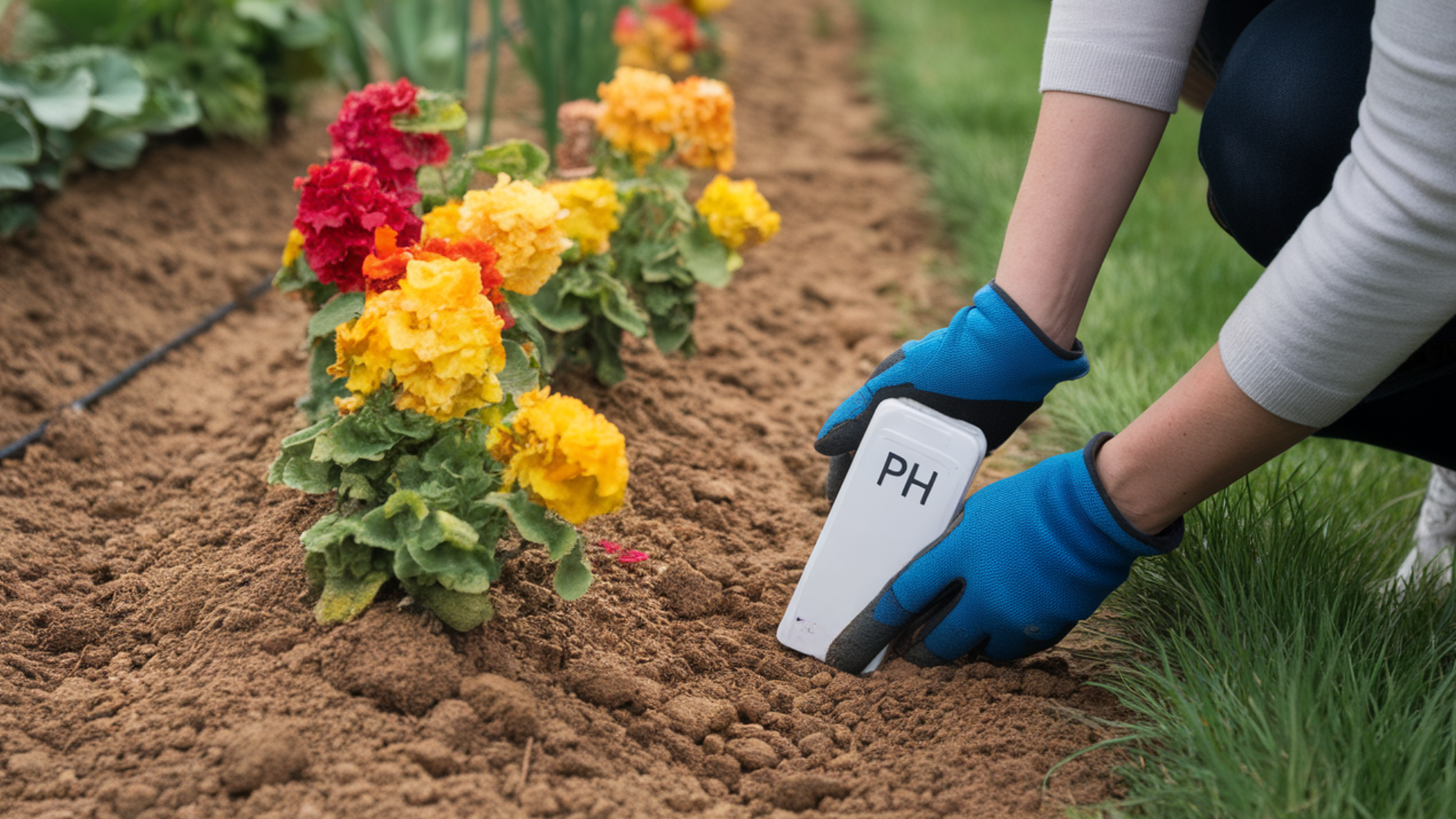
Testing the Soil
I Start by testing your soil with a simple kit from a garden store. This helps determine the pH, ideally between 6.0 and 7.0 for optimal grass growth. The test also reveals nutrient levels, helping you choose the right fertilizer for your lawn’s needs.
Removing Debris and Weeds
Clear leaves, sticks, and other debris from your lawn to ensure sunlight reaches the grass. Weeds, which steal water and nutrients from your lawn, should be removed early. Use a hoe or hand-pull weeds, ensuring the roots are fully removed to prevent regrowth.
Tilling and Leveling
Use a garden fork or tiller to loosen the top 4–6 inches of soil, allowing air and nutrients to reach the roots. After tilling, rake the soil flat to create a level surface. Fill any low spots with extra soil to prevent water pooling, which can drown the grass.
Adding Amendments
If your soil test shows a lack of nutrients, add compost or topsoil. Spread a thin layer across the lawn and mix it into the soil as you till. Compost adds natural fertilizer, improves soil structure, and helps retain moisture for better grass growth.
Lawn Cleanup

Clearing Leaves and Sticks
I Remove fallen leaves and sticks to ensure the grass gets enough sunlight. Leaves left on the lawn can trap moisture, leading to mold and rot that harm the grass. Use a rake or leaf blower to clean the lawn, and dispose of debris properly.
Raking and Debris Removal
Then, Rake the entire lawn to lift up thatch and any leftover grass clippings. Thatch is the layer of dead grass and roots that can block nutrients from reaching the soil. If it’s thicker than half an inch, remove it using a dethatcher or rake, and dispose of the material in your compost pile.
Mowing and Edging
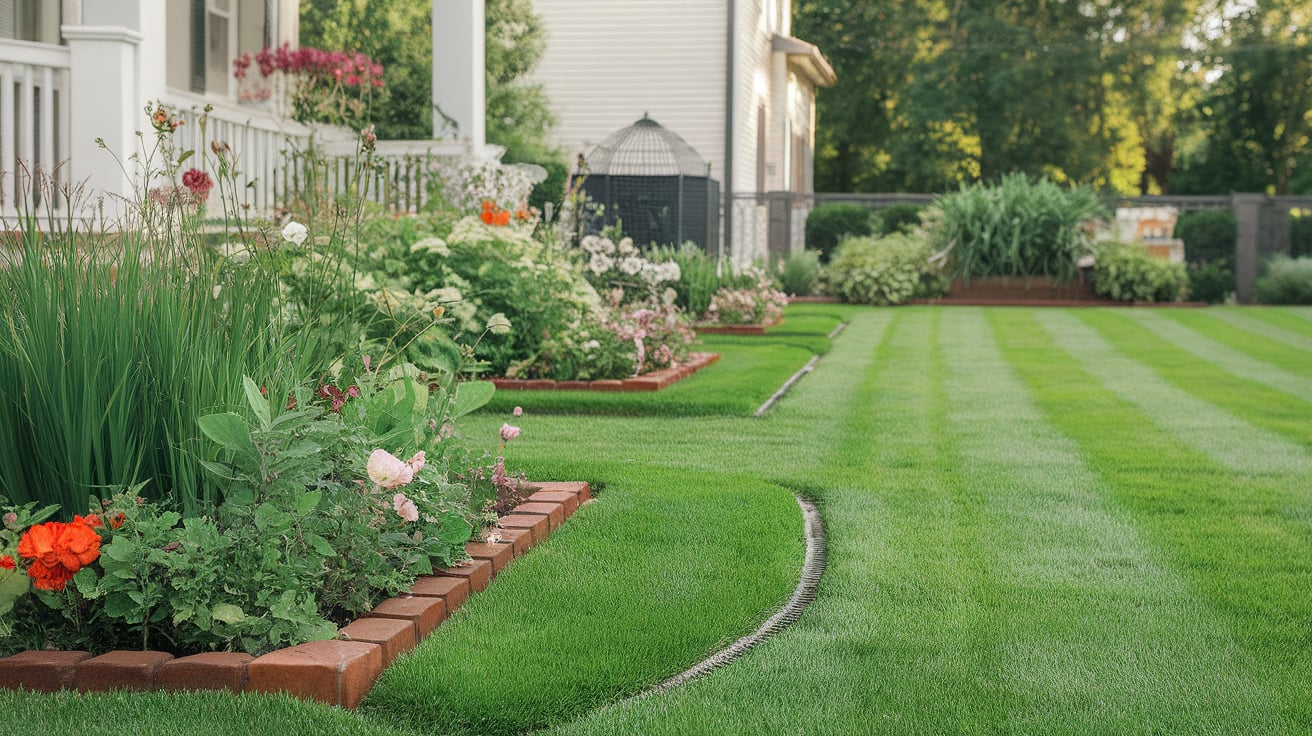
First Mow of the Season
The first mow of the season is crucial. Wait until the grass reaches 3 inches tall, then mow at the highest setting to avoid stressing the grass. Cutting more than one-third of the grass blade at once can damage the roots, so keep the grass a bit longer early in the season.
Adjusting Blade Height
As the weather warms, gradually lower your mower blade to maintain a height of 2–3 inches. Shorter grass dries out faster and may get sunburned, while taller grass helps shade the soil, retain moisture, and fight weeds. Be cautious not to let the grass grow too long, as it can become weak.
Edging Flower Beds and Paths
Edging creates clean, defined lines between your lawn and flower beds, walkways, or driveways. Use an edging tool or string trimmer to keep grass from growing into these areas. Well-maintained edges help your yard look organized and prevent grass from crowding plants and flowers.
Watering Your Lawn
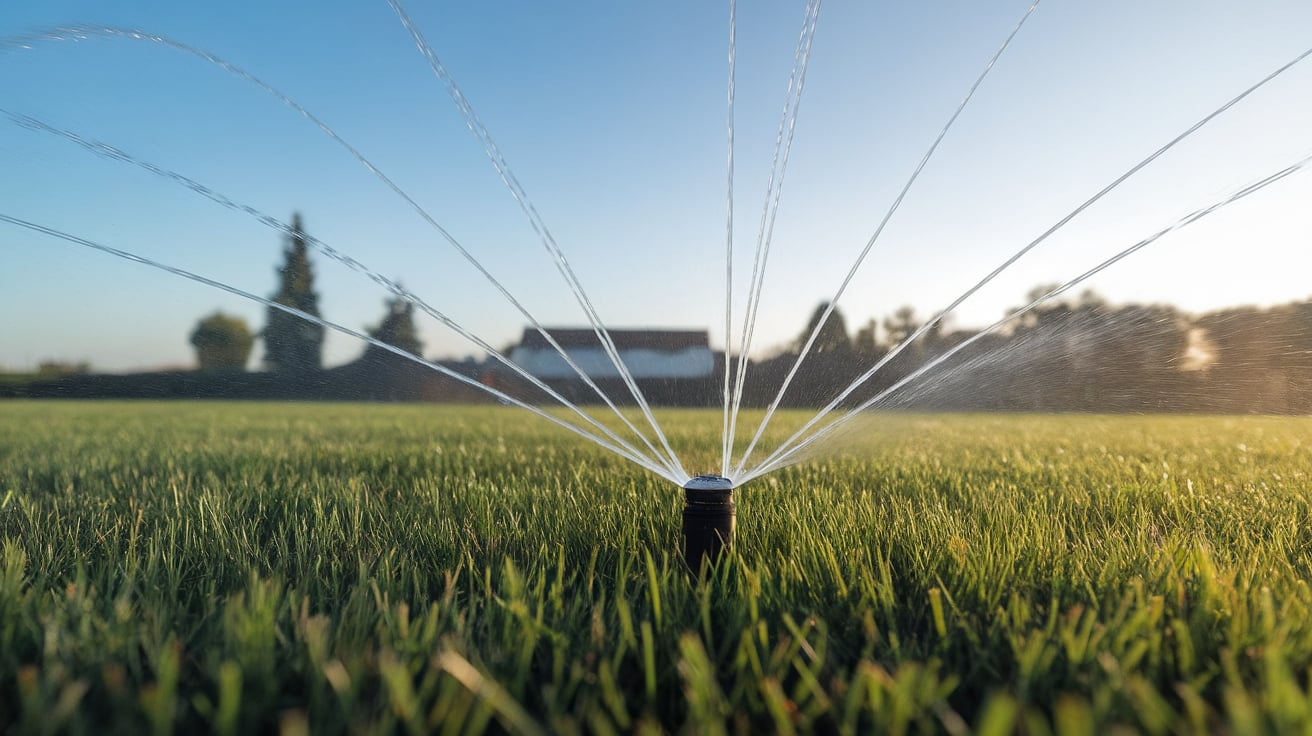
Best Time to Water
Water your lawn early in the morning, between 5 AM and 9 AM, helps minimize evaporation. Morning watering ensures the grass absorbs the water before the sun’s heat dries it out. Avoid watering in the evening to prevent fungus growth, and avoid watering in the heat of midday to reduce waste.
How Much Water
Water your lawn to a depth of 1 inch per week, including any rain. To measure this, use a rain gauge or a small container like a tuna can to track how much water is applied. Water deeply, once or twice a week, rather than daily, to encourage the roots to grow deep and strong.
Tools: Sprinkler vs. Hose
Sprinklers are best for large, flat areas, while a soaker hose works well in garden beds, providing deep watering at the root level. Move the sprinkler every 15 minutes to cover different sections of the lawn. Both tools are more efficient than hand-watering and help save time.
Fertilizing
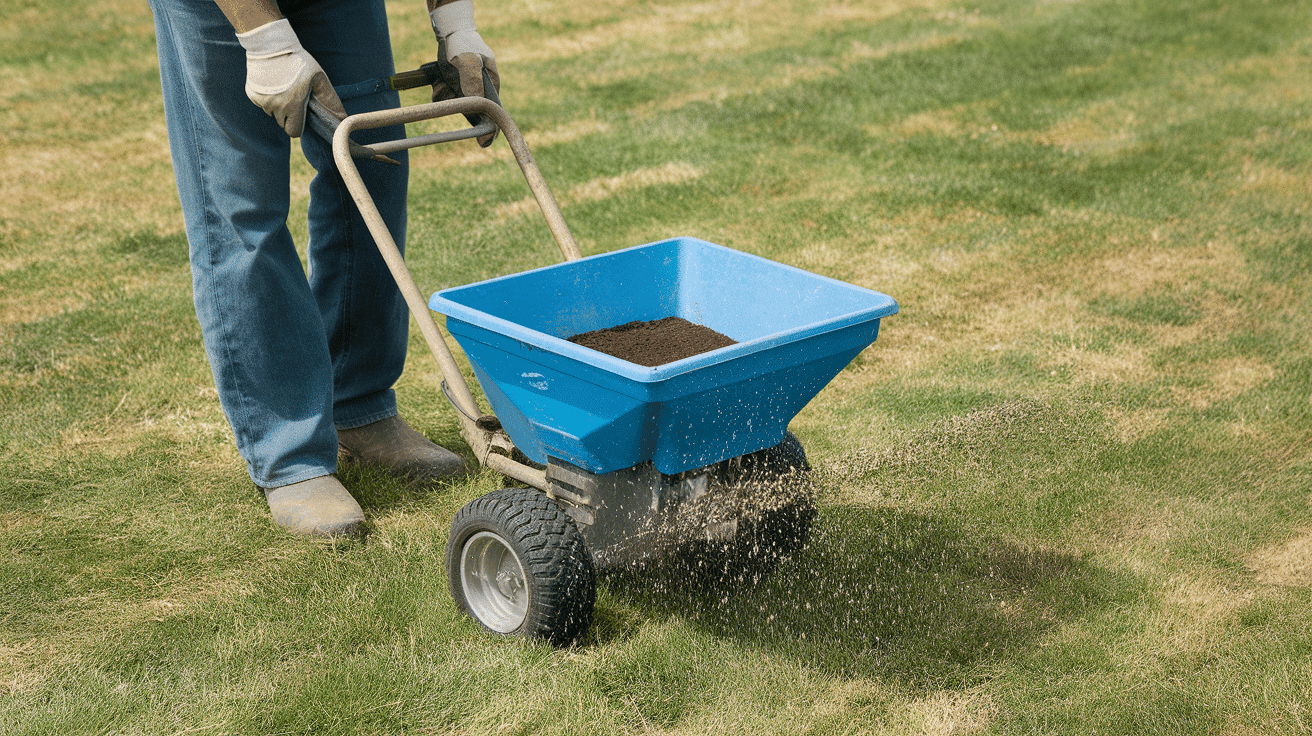
Choosing the Right Fertilizer
Pick a balanced fertilizer labeled for spring use, such as a 10-10-10 mix. Nitrogen supports green growth, phosphorus encourages root development, and potassium helps grass resist disease. Avoid fertilizers high in nitrogen, as they can promote excessive growth at the expense of root strength.
When to Apply
Fertilize in mid to late spring when your grass starts actively growing. Apply fertilizer after the last frost, and avoid days with rain in the forecast to ensure it stays in place. If you fertilize before the rain, the nutrients may wash away before the grass absorbs them.
How to Apply Safely
Follow the fertilizer package instructions for the correct amount and use a spreader for even coverage. Over-apply, and you risk burning the grass. After applying the fertilizer, water the lawn lightly to help the nutrients penetrate the soil and reach the roots.
Weed Control
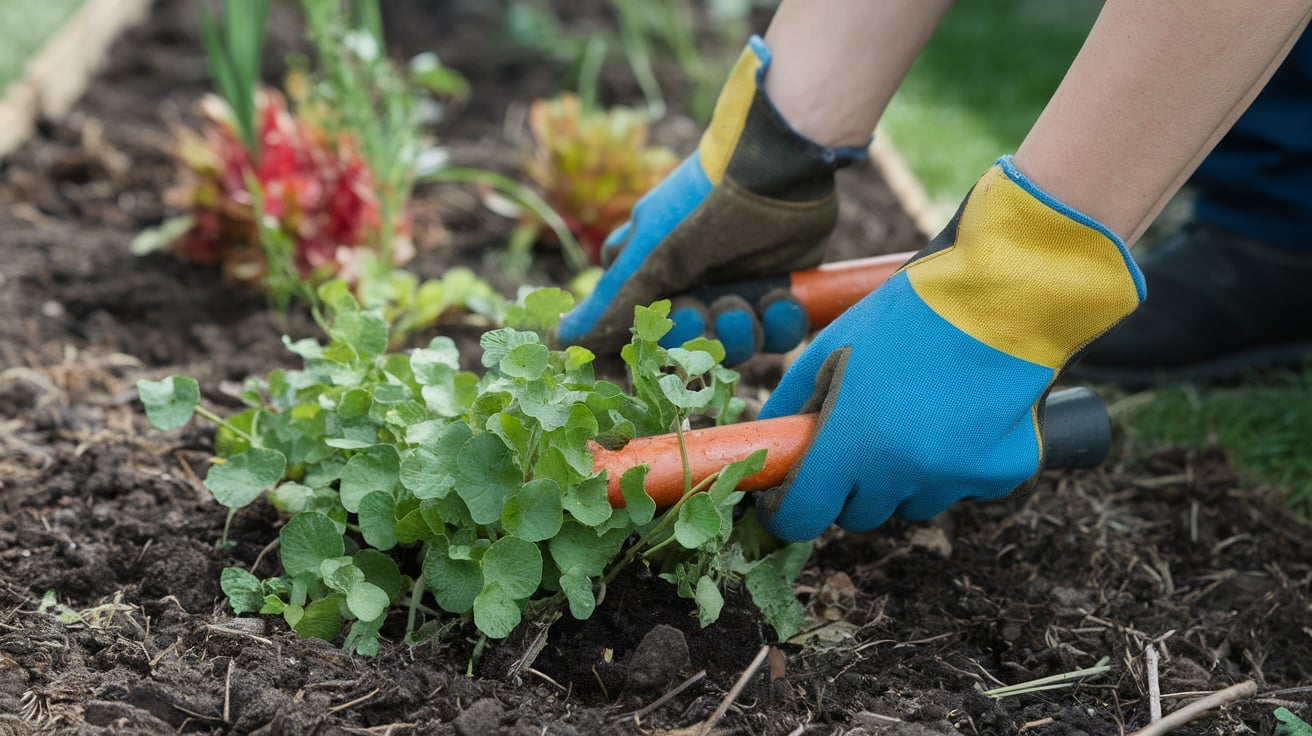
Pulling Weeds by Hand
For small patches of weeds,I use a hand weeder to grip the base of the weed and pull it out, including the root. Early weed removal is crucial, as it’s easier when the weeds are young. If you don’t remove the roots, weeds will regrow quickly, competing with your grass for resources.
Using Weed Killer
When weeds become more widespread, a selective weed killer may be necessary. These products target weeds without harming grass. Apply weed killer on a calm, dry day to avoid it drifting onto other plants. Follow the instructions on the product carefully for best results.
Preventive Measures
Maintaining a healthy lawn is your best defense against weeds. Healthy, dense grass leaves little room for weeds to take root. Regularly mow, water, and fertilize to help your grass stay strong and crowd out weeds naturally.
Planting Flowers and Shrubs
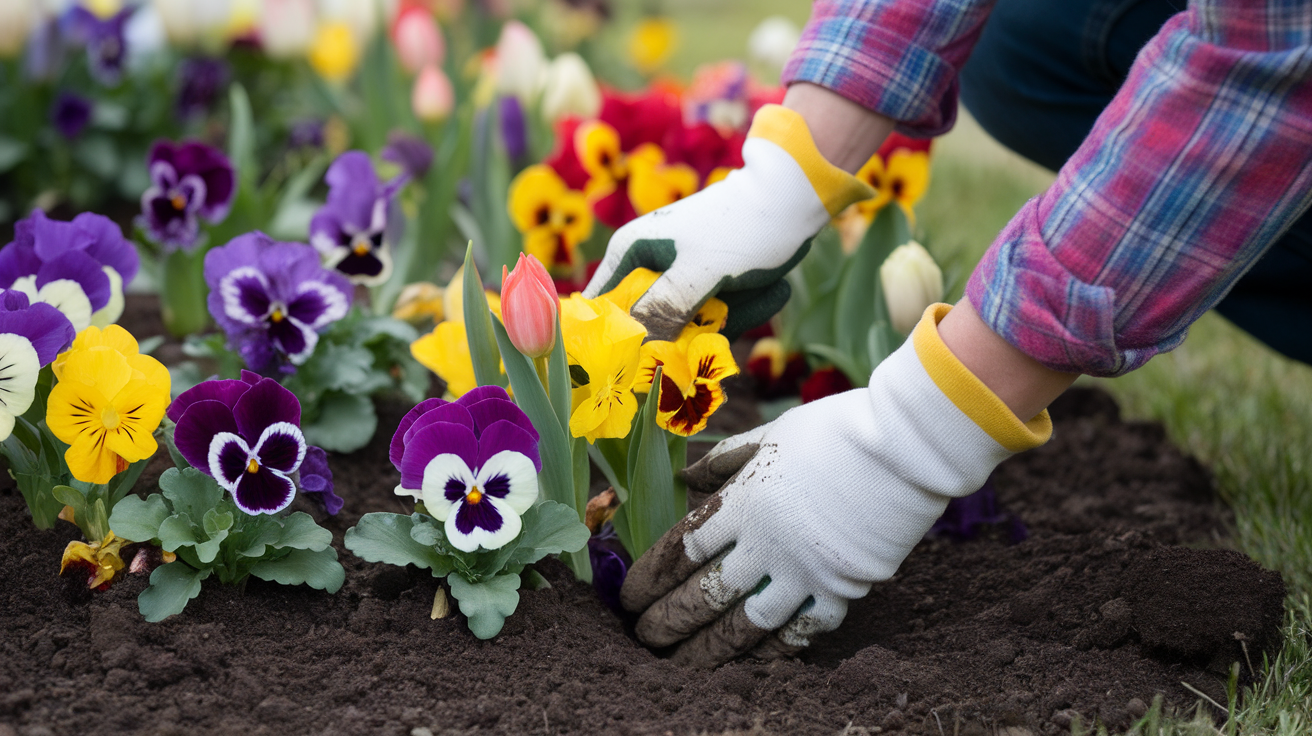
Choosing Spring Plants
For early spring, I recommend selecting cool-weather plants like pansies, snapdragons, and tulips for early spring. Check your local climate zone to find plants suited to your region. Warmer areas can consider heat-tolerant plants like marigolds or petunias, which thrive in higher temperatures.
Planting Bulbs vs. Bedding Plants
Plant bulbs like daffodils deeper, about 3–6 inches, and ensure the pointed side faces up. Bedding plants should be planted just below the soil surface. When planting shrubs and perennials, dig a hole about twice the size of the root ball for adequate root spread.
Spacing and Depth
Make sure plants are spaced according to their mature size, following tag recommendations. Proper spacing prevents overcrowding, which leads to competition for water and sunlight. Plant at the correct depth, ensuring the root ball is at or slightly above ground level to promote healthy growth.
Watering New Plants
Water new plants immediately after planting. Keep the soil consistently moist for the first two weeks to help roots establish. Afterward, water deeply once a week, allowing the soil to dry between waterings to prevent root rot.
Mulching
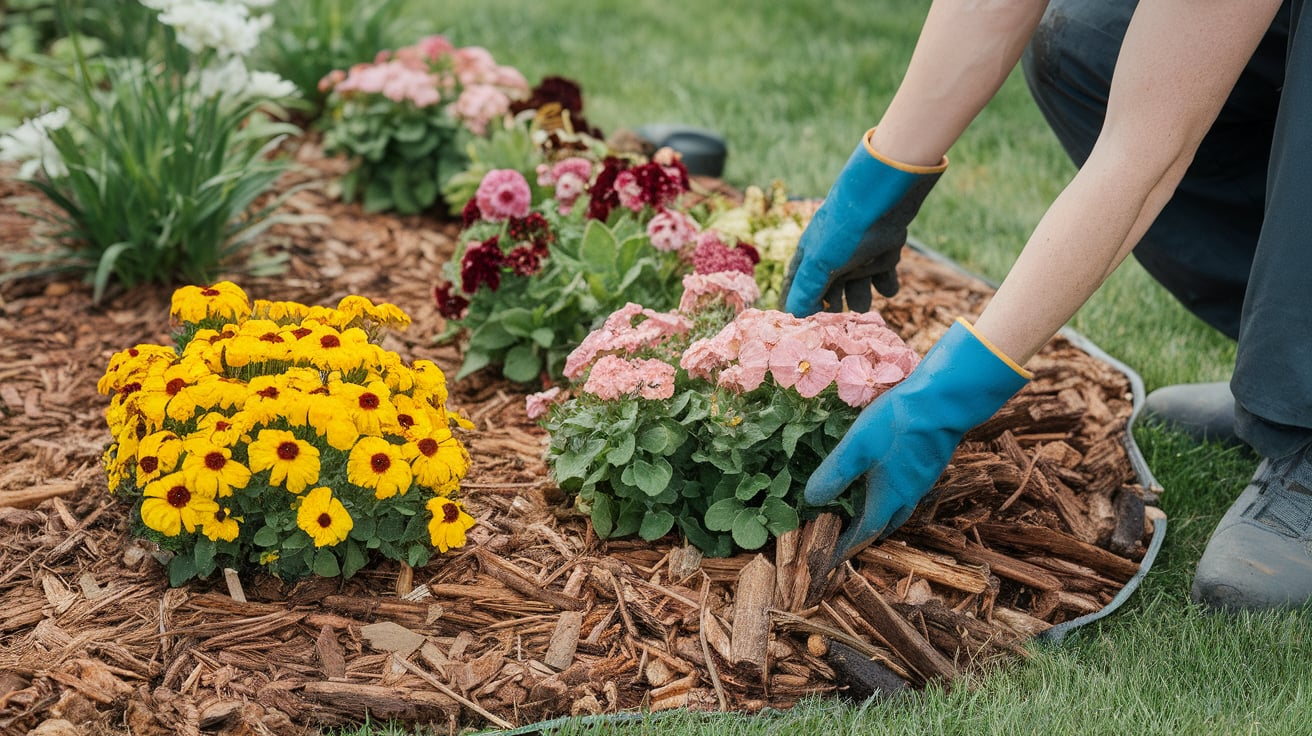
Benefits of Mulch
Mulch helps keep the soil cool, retains moisture, and suppresses weeds. It also breaks down over time, adding nutrients to the soil. Using mulch reduces the need for frequent watering, especially in hot weather.
Choosing Mulch Type
Pine bark, cedar chips, and shredded leaves are great organic mulches that decompose and nourish the soil. Choose a color that complements your garden’s look—natural browns, reds, or dark mulch work well. Avoid dyed mulches as they may fade and contain chemicals.
How to Apply
Spread 2–3 inches of mulch around plants and flower beds, keeping it at least 1 inch away from plant stems to prevent rotting. Reapply mulch annually to maintain its benefits and prevent soil erosion.
Final Tips for A Beautiful Spring Landscape
- Start early, but work in cool parts of the day.
- Keep tools clean and sharp.
- Watch the weather and adjust plans as needed.
- Stay consistent. Small steps each week add up.
- Enjoy the process of caring for your yard.
With careful planning and simple work, your lawn and landscape will flourish this spring. Follow these steps, and you’ll have a green, healthy outdoor space in no time!
Conclusion
Taking care of your lawn and garden in the spring is essential for a beautiful and healthy outdoor space. By starting with soil preparation, you can establish a solid foundation for your grass and plants to thrive.
Regular cleanup, like removing leaves and sticks, helps keep your lawn healthy and allows new growth to flourish. Mowing and watering at the right times ensure your grass stays green and strong throughout the season.
Fertilizing and weed control are crucial steps in maintaining a pest-free lawn and ensuring the grass receives the necessary nutrients. Planting flowers and shrubs adds color and beauty, while mulching helps retain moisture and prevent weeds. Pruning your trees and shrubs not only encourages healthy growth but also keeps them looking neat.
With regular care and attention, your lawn and garden will thrive all spring and into the summer. Following these simple steps will help you enjoy a lush, vibrant landscape.


